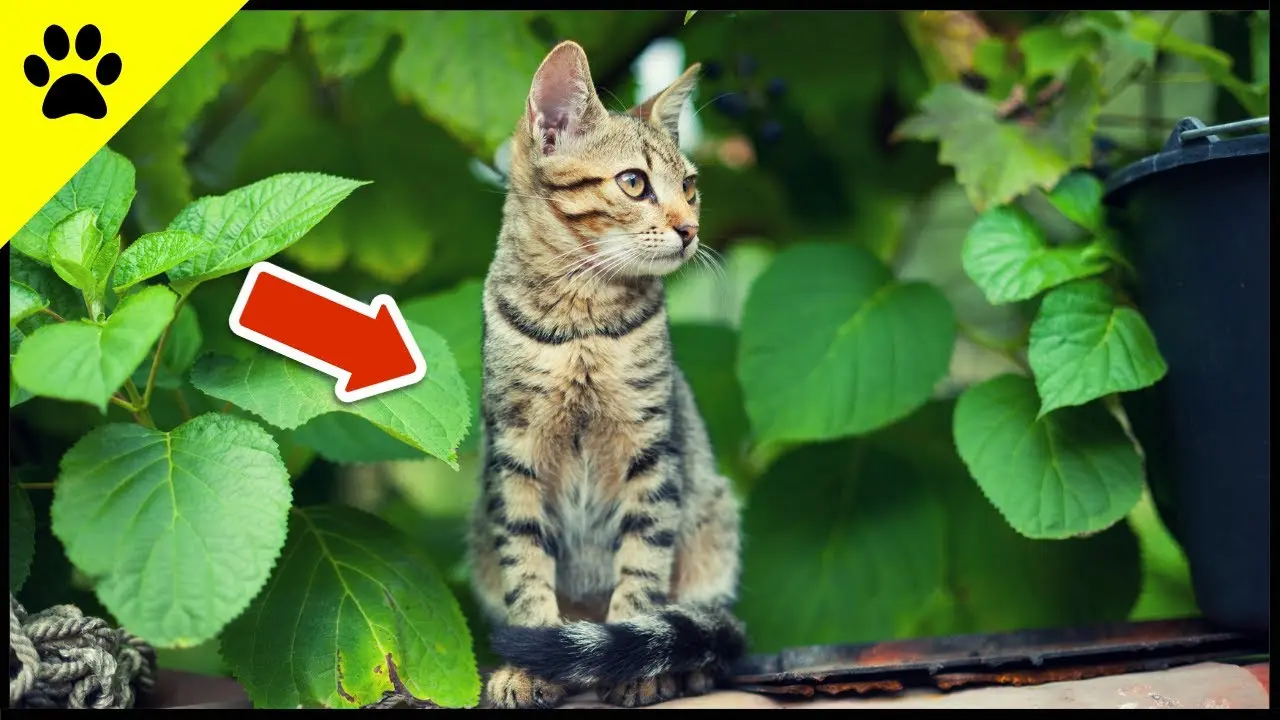How Do Cats Find Their Way Home?
Have you ever wondered how cats manage to find their way home, even from great distances? It’s fascinating to ponder the mechanisms behind this ability.
Cats use a combination of homing instincts, scent marking, and possibly even magnetic field navigation to make their way back. Their exceptional memory and strong internal compass play vital roles too.
But what exactly enables a
Homing Instincts in Cats
Cats often amaze their owners with their uncanny ability to find their way back home, thanks to their strong homing instincts.
These instincts are thought to be a combination of several factors that guide them back, even from long distances.
One theory suggests that cats have a remarkable internal compass, possibly tied to the Earth’s magnetic fields. This natural GPS helps them navigate through unfamiliar territories and find their way back with surprising accuracy.
Another aspect of their homing instinct is their acute sense of direction.
Cats are naturally observant, and they tend to remember landmarks along their routes.
When they venture out, they create a mental map of their surroundings. This map includes visual cues like buildings, trees, and other notable structures, which they use to retrace their steps.
Additionally, cats have an exceptional memory, allowing them to recall specific details about their environment.
They can remember the layout of their home and the surrounding area, making it easier for them to return.
Role of Scent Marking
Scent marking plays a crucial role in how cats navigate their environment and find their way back home. When your
These scents create a familiar map that your
By marking objects and areas with these glands, they establish a territory that they can recognize and feel secure within.
Your
If your
This behavior is instinctual and crucial for their survival, especially in the wild. Even indoor cats will engage in scent marking, ensuring that their home environment is well-defined and comforting.
Magnetic Field Navigation
Much like migratory birds, cats seem to possess an innate ability to navigate using the Earth’s magnetic fields.
Scientists believe that this remarkable skill allows cats to sense the magnetic fields around them, helping them find their way home even when they’re far away.
This magnetic field navigation isn’t just a theory; it’s a well-studied phenomenon in many animals, including birds and sea turtles.
When your pet ventures out, it’s likely using this ability to keep track of its location relative to home. The Earth’s magnetic field varies in strength and direction, providing a sort of map that animals can read. By tuning into these subtle differences, your pet can determine the right direction to travel.
This sense may be particularly strong in pets because they often roam over large areas, needing reliable ways to return.
Understanding this aspect of pet navigation can give you a greater appreciation for your pet’s amazing abilities.
Next time your pet returns after a long adventure, remember that it’s not just luck—it’s using one of nature’s most fascinating tools.
This natural GPS is one of the many ways pets show their incredible resilience and adaptability.
Case Studies and Anecdotes
Many stories highlight how cats have stunned their owners by returning home from incredibly long distances, showcasing their impressive navigation skills.
Take the case of Holly, a four-year-old tortoiseshell
Her journey, which took over two months, left experts baffled and her owners in awe of her determination and sense of direction.
Another remarkable instance involves a
Despite facing numerous obstacles, including unfamiliar terrain and potential predators, Ninja’s homing instinct guided him across such a vast distance.
You might also be inspired by the story of Sugar, a deaf
Against all odds, Sugar found her way back, proving that even cats with disabilities possess astounding navigational abilities.
These anecdotes emphasize the incredible capabilities of cats, driven by their instincts and perhaps aided by environmental cues.
They’re a tribute to the strong bond between cats and their homes, highlighting the remarkable, yet often mysterious, nature of
Conclusion
You can take comfort in knowing that your
Their strong internal compass and exceptional memory help them create detailed mental maps of their surroundings. So, even if your






